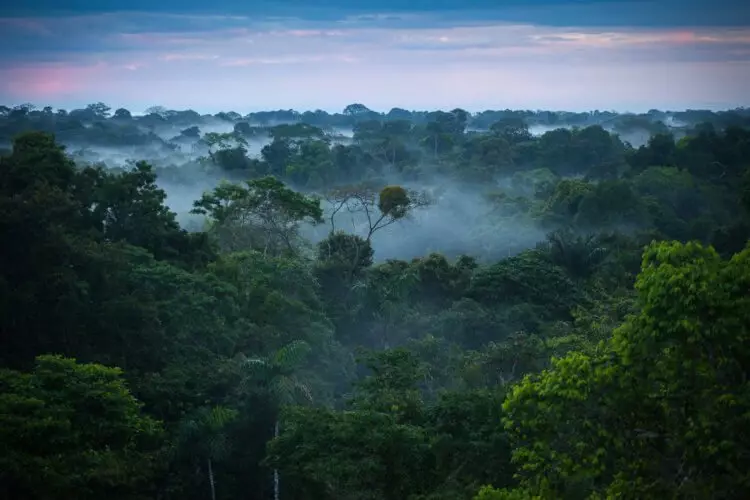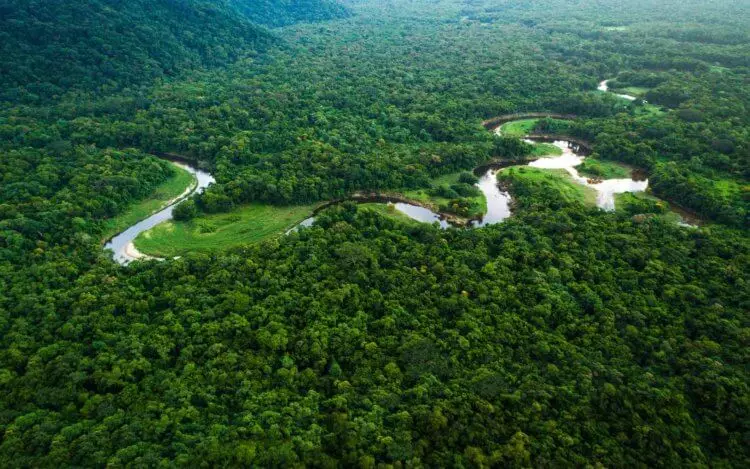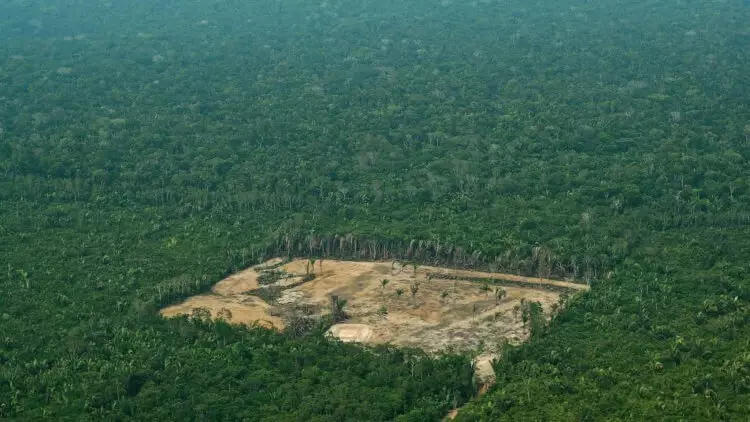Forests, especially when there are many of them, are wonderful machines to reduce carbon emissions to the earth's atmosphere. You probably saw this scheme in the school textbook: Trees absorb carbon dioxide from the atmosphere and turn it as a result of the photosynthesis process in carbon, which is "stored" in the form of wood and vegetation. But in any ecosystem, especially such extensive and diverse, like amazon rainforests, there are not only untouched trees - there is soil, water and air, all with their complex processes of absorption and selection. The recently international team of scientists during the first of its kind research came to the conclusion that the Jungle Amazonia begin to heat the atmosphere of the Earth, and not cool it. Thus, in many respects, thanks to human solutions, one of the greatest rain forests remaining on Earth now may allocate more greenhouse gases into the atmosphere than absorbs, significantly aggravating climate change.

What happens to "light planets"?
Amazonian tropical forests have long been positioned as a carbon absorber and a natural ally in the fight against the climatic crisis. However, recent studies warn that humanity can lose the help of tropical forests with continuing deforestation. "Forest cutting prevents carbon absorption and this is a very big problem," said Christopher Kovi, leading author of a new study in an interview with National Geographic.
In the study recently published in the Frontiers In Forests and Global Change journal, emissions other than carbon dioxide, such as methane from flooding and cattle, as well as black carbon from forest fires were considered.

It is interesting that the results of the previously conducted studies have shown that forests around the world still absorb 7.6 billion metric tons of carbon dioxide every year, but tropical forests in Southeast Asia have now become pure carbon dioxide sources due to changes in land use, Reports Ecowatch.
Even more exciting articles on how global warming will change our planet in the very near future, read on our channel in Yandex.Dzen. There are regularly published articles that are not on the site!
Jungle Amazonia and Climate Change
As a number of previous studies showed, Brazilian Amazon was already a clean source of carbon dioxide from 2001 to 2019, although the region as a whole remained carbon absorber. New data, however, is forced to be terrified, because after 2020 fires that have engulfed "light planets", in the next 15 years, the region can turn into another source of emissions to the CO2 atmosphere.
During the work, scientists considered numerous factors within the Amazon, including cutting down forests, fires and weather conditions. The resulting conclusions indicate that greenhouse gases, such as methane and nitrogen, are thrown into the Amazon Pool and now most likely exceed the ability of the area to absorb emissions.
See also: What you need to know about fires in Brazil?

This is the first study in which the consequences of both human and natural activities are widely considered, which can contribute to climate change, as well as all greenhouse gases, and not just CO2. Previously, scientists predicted that these factors could lead to a decrease in the ability of rainforests to absorb carbon dioxide from the atmosphere, which helps compensate for emissions. Especially worried about scientists the future of the region, about what my colleague Ramis Ganiev told about in its material.
- Black carbon stands out as a result of large-scale fires. Saw particles from ferrous carbon absorb sunlight and enhance heating.
- Nitrogen is naturally produced by forests, but gas emissions increase when the wetlands dry out, and the logging is condensed with the soil.
- Methane is also released naturally by tropical forests from microbes in wet soil, which is filtered into the atmosphere by trees. In the past, Amazonia's ability to accumulate carbon anti-methane emissions. Human activity is currently limiting the ability of the forest to accumulate carbon, since the intensified floods, the construction of dams and grazing of livestock also allocate methane.
It will be interesting for you: what will be the world in 2050, if you do not stop climate change?
"We deprive the Amazon opportunities to absorb carbon dioxide from the atmosphere, and also forcing it to allocate other greenhouse gases," they write the authors of scientific work. Fortunately, the researchers believe that there is still time to reverse the damage if we stop emissions from burning fossil fuels, reduce the cutting down of forests and increase the efforts to plant trees - and all this is on the scale of the planet.
General recommendations voiced by scientists include reducing fossil fuel emissions; stop cutting forests; Reducing the construction of dams and transplanting trees. And what do you think, can we save the planet from the rapid climate change? The answer will be waiting here, as well as in the comments to this article.
